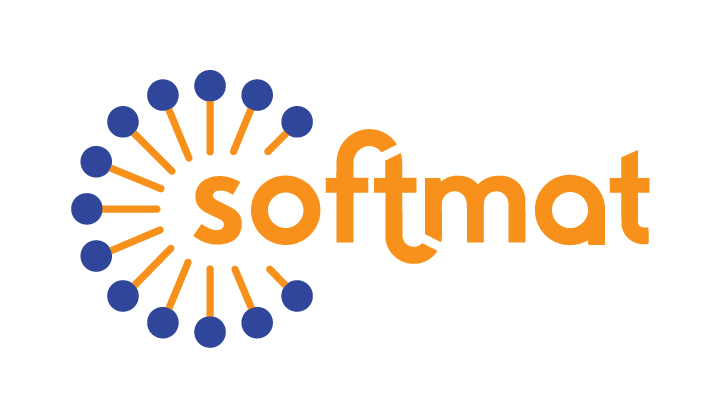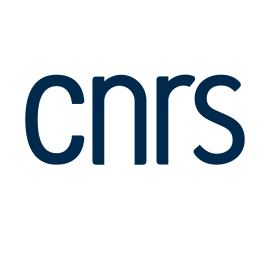Christophe Coudret, chercheur aux IMRCP est l'un des conférenciers invités du 9e colloque de chimie Franco-Tchèque

Organisée tous les ans depuis 2010, alternativement en France et en République Tchèque, ce colloque permet aux chercheurs d'échanger, initier ou maintenir des collaborations entre des équipes françaises et tchèques dans le domaine de la chimie moléculaire et supramoléculaire, sous tous ses aspects.
En 2018, il se déroule à Strasbourg les 27 et 28 août.
Christophe Coudret, chercheur dans l'équipe IDeAS, est l'un des 11 conférenciers invités. Il fera une présentataion sur : Photokinetic networks
Due to its intrinsic complexity, the dynamics of a chemical reaction is usually neglected in preparative chemistry, and situations where it can manifest are classically carefully avoided. However non linear kinetics can give rise to emergent phenomena that cannot be predicted by the sole examination of the chemical processes. Two examples belonging to photochemistry will be presented showing how the intensity of light can be used as a control parameter. In a first part, we will show how the numerical exploration of very simple kinetic network involving a photochromic catalyst (“photoswitchable catalyst”) can lead to the unexpected and counter intuitive phenomenon of “Hormesis”. Thus, it was predicted that, by using an appropriate set of rate constants and quantum yields, the initial rate vs light intensity plot was bell-shaped (Fig 1-A) while directional reactions flows appear analogous to the proposed molecular machines. In other words, the catalysis is more efficient when the “best” and “bad” catalysts are simultaneously present (at medium light intensities) than with the best catalyst alone [1]. The other example belongs to the emerging field of lanthanide-based upconverting nanoparticles. In such systems, complex energy redistribution leads to spectacular anti Stoke emission as visible light can be produced upon excitation in the near infrared range (980nm). This causes difficulties to characterize the efficiency of this phenomenon[2].In particular the ln(Iem)-ln(I0laser) plot show power dependent curvature. Setting kinetic models to describe the population of all states involved allows one to explain the observed features as well as to predict new responses.
A: simple kinetic network used to describe the photoswitchable catalysis of the reaction S --> P. The bell-shaped initial rate vs light intensity plot.
B: state diagram for an ytterbium-sensitized upconversion emission from thulium in a Yb-Tm doped upconvering nanoparticle, log-log plot showing the excitation power dependent curvature.
Références :
[1] C. Coudret and J.-C. Micheau, Phys. Chem. Chem. Phys., 2017, 19, 12890-7
[2] M. Y. Hossan, A.Hor, Q. Luu, S. J. Smith, P. S. May, M. T. Berry, J. Phys. Chem. C, 2017, 121, 16592–606
Pour en savoir plus sur le colloque, consultez le site web dédié.


